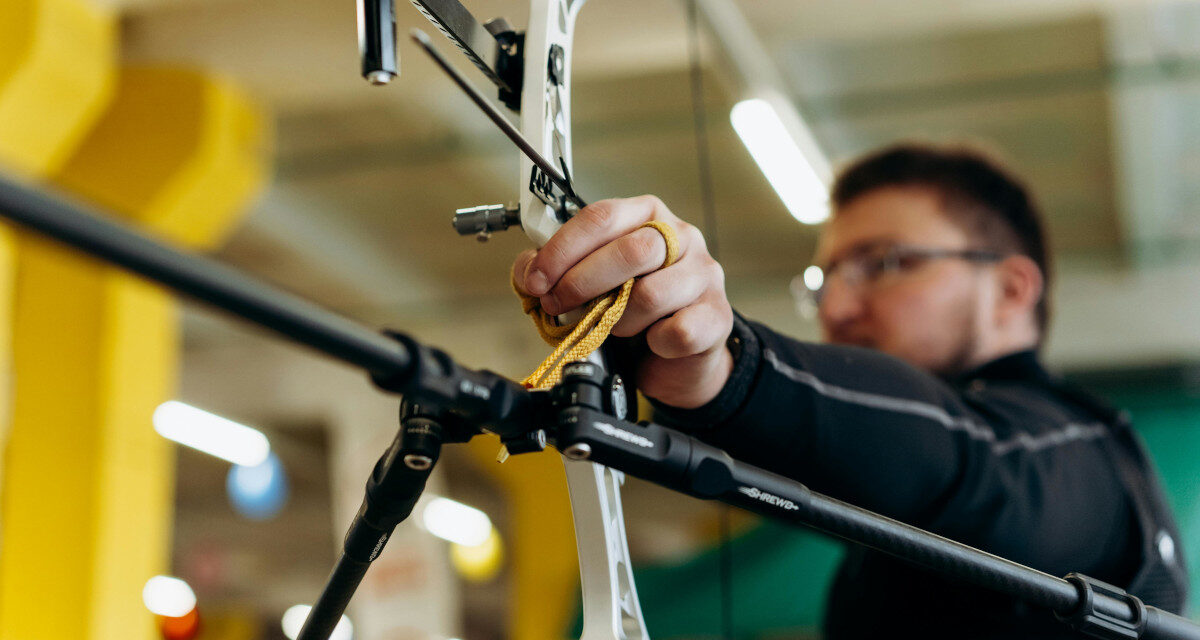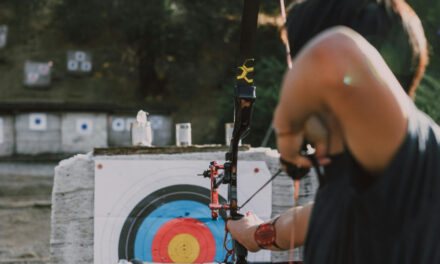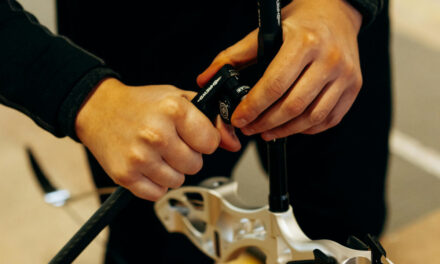Indoor shooting presents unique challenges, particularly in confined spaces where maneuverability is limited. To excel in indoor archery, archers must adapt their techniques and strategies to navigate tight spaces effectively. In this guide, we’ll explore innovative techniques and solutions for overcoming the challenges posed by indoor shooting environments, ensuring optimal performance even in the most constrained spaces.
Understanding Indoor Shooting Challenges
Indoor shooting environments often feature narrow lanes and limited space between archers, targets, and obstacles. These constraints can affect shooting form, arrow trajectory, and overall performance, making it essential for archers to develop specialized techniques for navigating tight spaces. Understanding the specific challenges posed by indoor shooting environments is the first step toward finding effective solutions.
Optimizing Shooting Form for Limited Space
In tight indoor spaces, optimizing shooting form is crucial for maintaining consistency and accuracy. Focus on maintaining a compact and efficient shooting stance, keeping your body aligned with the target and minimizing unnecessary movements. Shorten your draw length slightly to accommodate space constraints without sacrificing power or accuracy, ensuring that your shots remain consistent and on target.
Utilizing Shorter Draw Lengths and Reduced Power
Adjusting draw length and bow poundage can help archers adapt to tight indoor shooting environments. Shorten your draw length slightly to reduce the risk of colliding with nearby obstacles or neighboring archers while maintaining proper form and anchor point. Similarly, consider lowering your bow poundage to minimize arrow speed and trajectory, reducing the risk of arrows deflecting off walls or other surfaces in confined spaces.
Practicing Spatial Awareness and Precision
Developing spatial awareness and precision is essential for navigating tight indoor shooting lanes effectively. Practice shooting drills that simulate indoor conditions, focusing on maintaining consistent arrow placement and trajectory within confined spaces. Pay attention to your surroundings and adjust your shooting technique as needed to avoid collisions with obstacles or neighboring archers, ensuring safety and accuracy in indoor shooting environments.
Utilizing Target Placement and Angles
Strategic placement of targets and shooting angles can help optimize indoor shooting experiences in tight spaces. Position targets slightly off-center or at angles to maximize shooting lanes and minimize interference between archers. Experiment with target placement and shooting positions to find the optimal setup that allows for smooth and unobstructed shooting in confined indoor environments.
Implementing Controlled Release and Follow-Through
In tight indoor spaces, controlled release and follow-through are critical for maintaining accuracy and consistency. Focus on executing each shot with smooth and controlled release, minimizing unnecessary movements or jerks that could disrupt arrow flight. Maintain proper follow-through after releasing the arrow, ensuring that your bow arm remains steady and your focus remains on the target until the arrow reaches its destination.
Conclusion
Indoor shooting challenges can be overcome with innovative techniques and solutions tailored to tight spaces. By optimizing shooting form, utilizing shorter draw lengths and reduced power, practicing spatial awareness and precision, strategically placing targets and shooting angles, and implementing controlled release and follow-through, archers can thrive in confined indoor environments and achieve optimal performance. With patience, practice, and adaptation, tight indoor spaces can become opportunities for growth, creativity, and success in the sport of archery.





